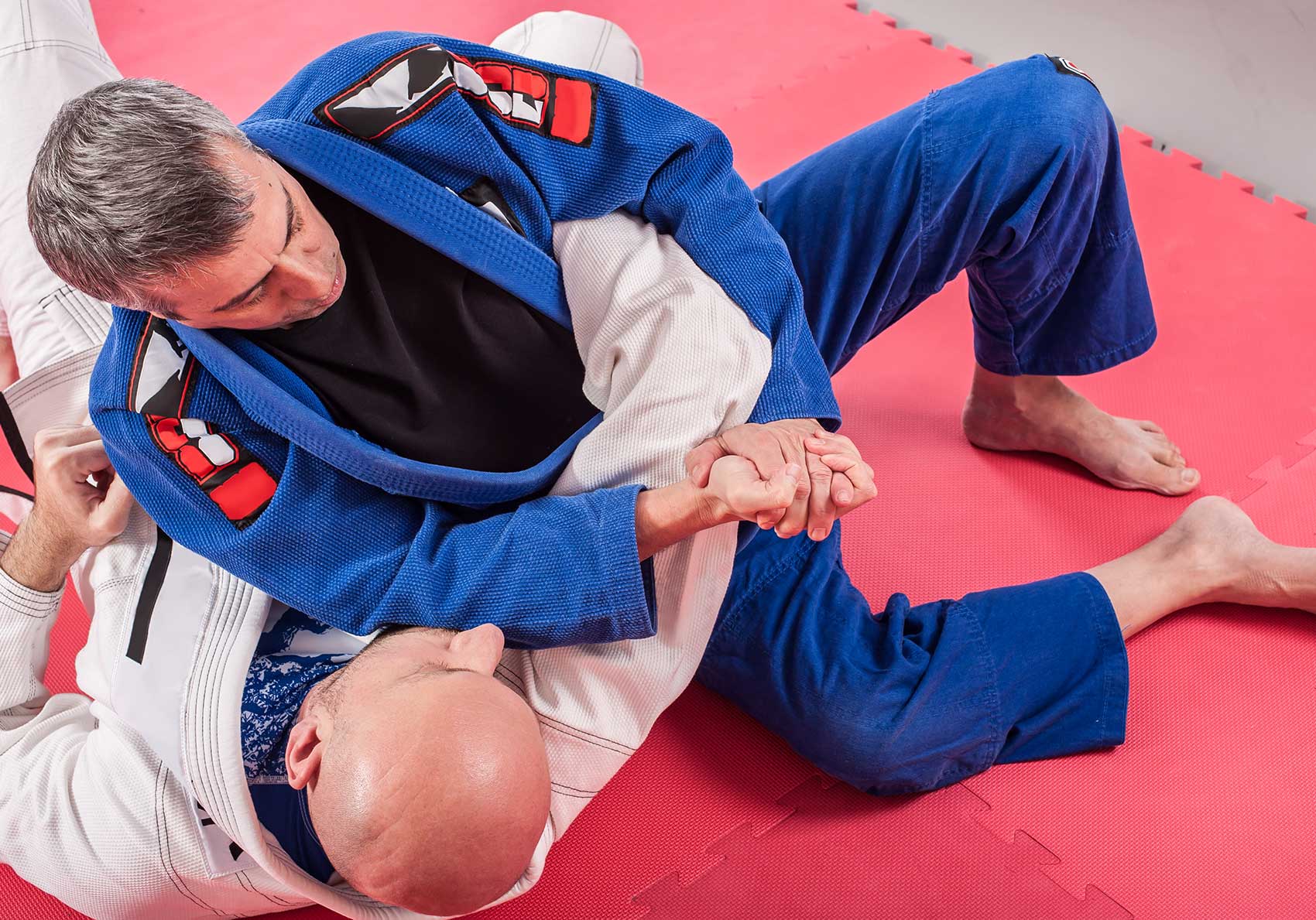Originating from the martial art of Kodokan judo, Brazilian Jui Jitsu is both a self-defense art and a combat sport. Brazilian Jiu-Jitsu gear or a Gi is worn during training and competitions. The art focuses on ground fighting and works under the premise that anyone can defend themselves no matter their size.
The art of Jui-Jitsu promotes physical fitness, builds character, and is more than just a fighting sport. Mitsuyo Maeda was an expert in Japanese judoka, and one of five experts in Kodokan sent to Brazil to spread the word on the art. In 1914 he arrived in Brazil and met Gastao Gracie, who helped him get settled. Then, in appreciation of his friendship, Maeda taught Gracie’s son the art.
The Gracie boys took the art to the United States and referred to it as Brazilian Jui-Jitsu, with each brother teaching their technique. There are now three main styles the Gracie Barra, Gracie Humaita, and Carlson Jui-Jitsu. In the 1990s, the sport became better known when Royce Gracie won the Ultimate Fighting Championships. In Brazilian Jui-Jitsu, the opponent is fought on the ground using submission holds, chokeholds, and joint locks.
Even though this is a martial art, groundwork is emphasized. In training, submissions are focused on without strikes to allow full speed and power to be developed. The primary ground positions are guard, back mount, full mount, and side control. Guard involves the practitioner on their back using their legs to control the opponent, allowing for various chokeholds and joint locks. Additionally, there are open, closed, and half guard positions.
Chokes and joint locks are the submissions holds used. Joint locks isolate limbs and create leverage with the body forcing joints past their range of motion and applying pressure until the opponent submits. Choke holds are used for submission, but caution must be exercised as the opponent could lose consciousness if they do not submit quickly.
Joint locks are not true submission moves and are not used in higher levels of competition. Joint locks use the wrists, elbows, shoulders, and ankles because these areas are more flexible. The knuckles are driven into pressure points on the body to inflict pain to the opponent, causing them to submit.
Chokes and strangles or air chokes and blood chokes are joint submissions holds. Chokes constrict the windpipe and strangle constrict the carotid artery. Air chokes do not work as well as strangles and can damage the trachea. Blood chokes or strangulations can cause unconsciousness.








